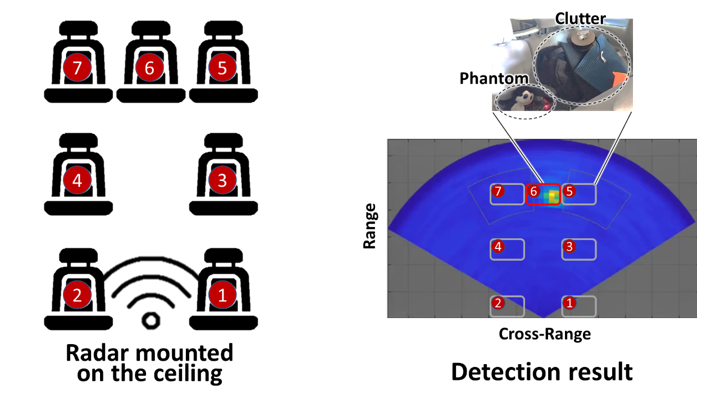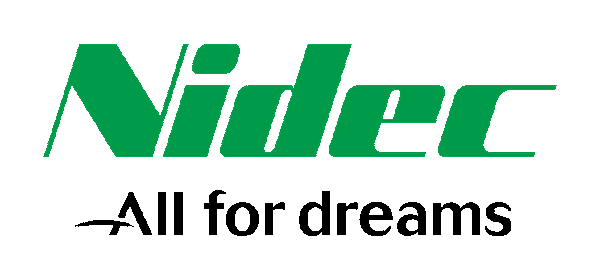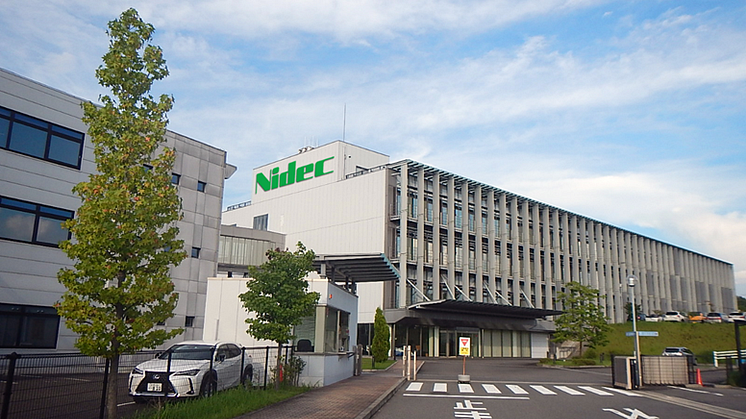
Press release -
Nidec Mobility and University of Waterloo Collaborate on Sensor for Detection of Unattended Infants, Toddlers or Pets in Cars
Nidec Mobility announces that the company is collaborating with University of Waterloo in Canada on the development of technology for improving the performance of in-vehicle radar sensors for detection of unattended children or animals.
1. Overview
With the frequent occurrence of fatal accidents involving Infants, Toddlers or pets left behind in hot vehicles, the countries and institutions around the world are pursuing countermeasures; the European New Car Assessment Program (Euro NCAP) has announced that it will begin awarding rating points for child presence detection1, and the HOT CARS act, which mandates the installation of devices that sound an alarm when a child is left behind in the car, is under consideration in the US. As a result, the demand for in-vehicle sensors detecting existence of infants or pets inside the vehicle is expected to rise as the number of new cars adopting these sensors starts increasing rapidly around 2022. In particular, radar technology is emerging as a front-runner in this field due to its ability to detect sleeping infants and pets by sensing their subtle breathing movements.
In March, 2019, Nidec Mobility entered into a joint development agreement with the University of Waterloo with the aim of developing technology necessary for improving the performance of in-vehicle radar sensors. University of Waterloo excels in the field of radio-wave sensing and has a track record of developing motion sensing functions for Google Pixel 4 among other technologies. The collaboration between Nidec Mobility and the University of Waterloo covers the development of thinner sensor heads utilizing advanced antenna technology, wider range of detection, "phantom technology" that optimizes performance verification and improves reproducibility through the use of artificial human models, and other technologies that contribute to the development of a commercially viable product2. Nidec Mobility aims to have a proof-of-concept prototype, which can be shown to the company's customers, ready in early 2020.
2.Future developments
Nidec Mobility intends to start mass-production of a radar sensor in 2022, in time for the implementation of the Euro NCAP and the HOT CARS act. In addition, Nidec Mobility possesses a range of products and solutions that enable in-vehicle sensing technologies (e.g. ECU: Electronic Control Units). By leveraging the synergy between the new radar sensor and these products, the company will be able to offer new solutions with more added value.
● Radar sensor & in-vehicle camera
By combining the radar sensor with an in-vehicle camera, it becomes possible to distinguish infants or pets unable to leave the car on their own. Detecting the presence of them, the system can increase the alarm volume or send out frequent reminders to the driver outside the vehicle along with the vehicle interior temperature, counteracting carelessness and memory lapses3 which are major causes of accidents related to children and pets being left behind in hot cars.
●Radar sensor & seat control
Level 4 autonomous cars are expected to allow the passengers to change the orientations or the positions of the seats for convenience but that may induce safety concerns like collision of the seats leading to injuries of the passengers.The seat control supported by radar sensors can move around the seats without collision by precisely sensing the correlation of seats and passengers.
1 The Euro NCAP announced in its "2025 Roadmap" (September, 2017) that it will begin awarding rating points for child presence detection in 2022.
2"Scientists develop sensor to save children, pets left in vehicles" (University of Waterloo’s website) https://uwaterloo.ca/news/news/scientists-develop-sensor-save-children-pets-left-vehicles
3 "Scientists develop sensor to save children and pets from hot car deaths" (CNN)https://edition.cnn.com/2019/11/11/americas/child-pet-car-sensor-scli-intl-scn/index.html
About the academic partner:
The University of Waterloo is a public research university with a main campus in Waterloo, Ontario, Canada. The main campus is on 404 hectares of land with close to 40,000 students. The university operates the largest post-secondary co-operative education program in the world with the most ties to Silicon Valley among any Canadian University. Maclean’s University ranking places the University as the most innovative in Canada.
The collaborative project was led by Prof. George Shaker ( gshaker@uwaterloo.ca ), the director of the Wireless Sensors and Devices Lab. Dr. Shaker has many design contributions in commercial products available from startups as well as multinationals. A sample list includes: COM DEV , Blackberry, Konka, DBJ, Enice, Spark Tech Labs, China Mobile, Bionym, Lyngsoe Systems, ON Semiconductors, Ecobee, Medella Health, NERV Technologies, Novella Neurotech, Thalmic Labs (North), eleven-X, General Dynamics Land Systems, Toyota, and General Motors. Prof. Shaker’s team was the only Canadian team, and among very few worldwide selected to work with Google ATAP on the Soli radar chipset, which was later introduced into the Google Pixel 4 phone.
About Nidec Mobility corporation:
In 2019, Nidec Mobility, originally an OMRON group company, became part of the Nidec group. Moving forward, the company aims to be a leader in the driver monitoring sensor market by leveraging synergy with other Nidec group companies.
Contact Press inquiries: pr@nidec.com
Product inquiries:mobility-j.info@nidec.com
Topics
Categories
Nidec was established in Kyoto, Japan in 1973 by its Chairman and CEO Shigenobu Nagamori. In 1979, Nidec became the first company in the world to successfully commercialize a direct drive spindle motor for HDDs based on a brushless DC motor. Since then, the company has grown into a world-leading comprehensive motor manufacturer encompassing more than 300 subsidiaries employing over 100,000 people throughout the world and with annual sales exceeding $13B. Nidec's motors, drives, generators and related products are found in a diverse range of applications including computers, smartphones, home appliances, automobiles, manufacturing plants, robots and more.

